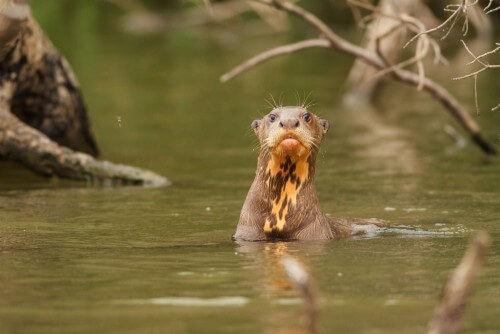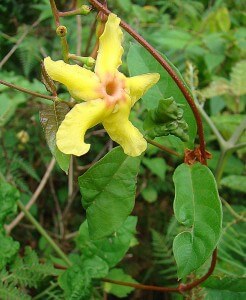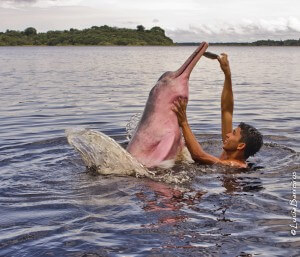10% of all known species in the world live in the Amazon rainforest. This is a very impressive achievement considering the fact that this area covers only a little more than one percent of the Earth's surface, meaning that the Amazon contains 10 times more species than it should contain based on the area it covers. Not only that, but it is diverse even compared to other rainforests in the world.

Angle - a news agency for science and the environment

10% of all known species in the world live in the Amazon rainforest. This is a very impressive achievement considering the fact that this area covers only a little more than one percent of the Earth's surface, meaning that the Amazon contains 10 times more species than it should contain based on the area it covers. Not only that, but it is diverse even compared to other rainforests in the world.
A delegation of researchers went to the western region of the Amazon basin located in Peru to investigate how changes and geological features caused the creation of the richest biodiversity in the world. This area was chosen because the diversity of species in it is the largest in the entire Amazon basin: if in all of Northeast America (million square kilometers) 300 species of trees grow, then in the western Amazon there are 300 species of trees in 0.01 square kilometers (10 dunams) of Rainforest. When you go down the Andes towards the tropical rain forest, you pass in 10 hours of walking three completely different climate zones and dozens of small microclimate zones. Each of them has a biological niche to which different species of living creatures have adapted.
The researchers used geological tools, such as rock dating, as well as dating based on fossils left in the soil and genetic tools to examine the time when the process of biodiversity explosion occurred. Examining the rate of accumulation of random mutations in the genetic material of two separate species makes it possible to calculate when these species diverged.
The process of exploding biodiversity in the Amazon occurred 23-5 million years ago. Even then the variety was very large - it may even have been greater than today, and there are several theories that try to explain how it happened. The leading one refers to the level of the sea, which at that time was higher than its current level. Because of geological activities that lifted and submerged the region, the sea has alternately penetrated and retreated into the northern part of South America as far west as the Amazon.
This changing environment created new ecological niches at a high rate and destroyed other niches, and the species in the area were under evolutionary pressures to adapt to the repeatedly changing niches. For example, the seawater that invaded the west of the Amazon brought with it a species of marine dolphin; When the sea receded, the dolphins that remained in the area evolved - the individuals that were better suited to the changing environment survived and gradually from the original sea dolphins species of river dolphins were created.
At more or less the same time, the Andes mountain chain gradually rose and temperate, and later alpine, niches were created, which further expanded the variety. The high Andes stop the clouds coming from the east and force them to drop precipitation in the west of the Amazon basin. The result is a lot of fresh water flowing, a lot of rivers and more opportunity for the development of species.
This study is just part of a series of studies whose results will deepen our understanding of this special region and global biodiversity.

